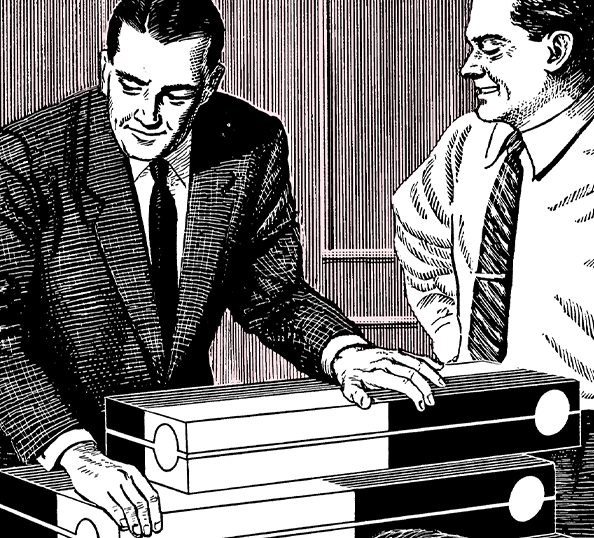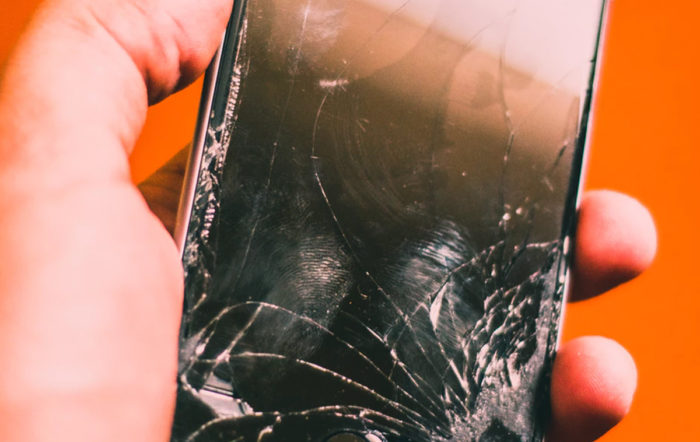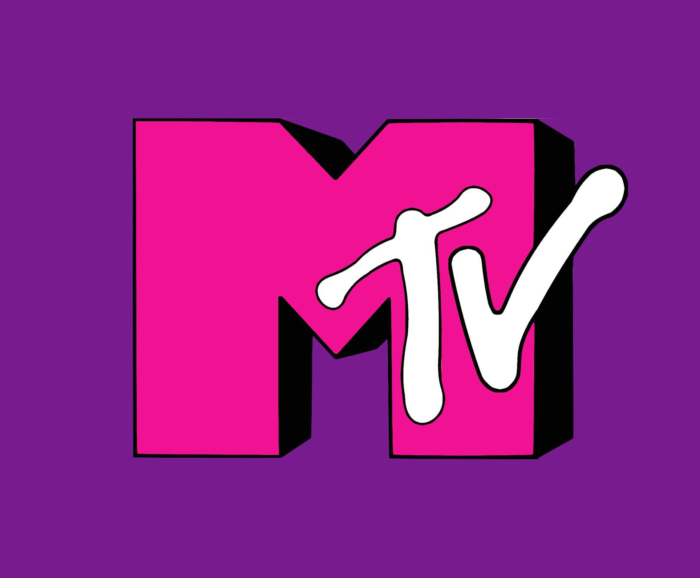Disney, perhaps more than anyone, knows the power of a great experience. Time and again, from the Magic Kingdom to Epcot to Cars Land, they’ve proven their mastery in creating inimitable moments.
Now they’ve done it again. Star Wars: Galaxy’s Edge has two 14-acre amusement parks (one in Disneyland, one in Disney World) that are designed to give visitors a unique, personalized experience steeped in Star Wars sights, sounds, and lore. The early reviews seem to confirm that the billion dollar parks are unparalleled feats of immersive, interactive entertainment that Bob Chapek, Chairman of Disney Parks, Experiences and Products says are “setting a new bar for experiential storytelling.”
“Star Wars is a universally known concept,” says Justin Mabardi, who is a former Disneyland employee and now co-executive producer of World’s Got Talent. “And Disney is good at building personalized experiences for people.”
When Disney acquired George Lucas’ franchise for $4 billion in 2012, fans knew that eventually they were going to get an amusement park. But at Star Wars: Galaxy’s Edge, they aren’t merely traversing well-known territory—they’re characters in a previously unknown planet called Baatu. (By the way, what better way to inspire an endless wave of social media sharing than by letting fans feel like they’re not just a part of the Star Wars universe, but a previously undiscovered one?)
The powerful combination of Disney’s ingenious Imagineers and the rich vat of Star Wars IP resulted in a park that is the pinnacle of experiential storytelling, a place that virtually markets itself. Here are five takeaways from Star Wars: Galaxy’s Edge that will help you build a better experience for your clients.
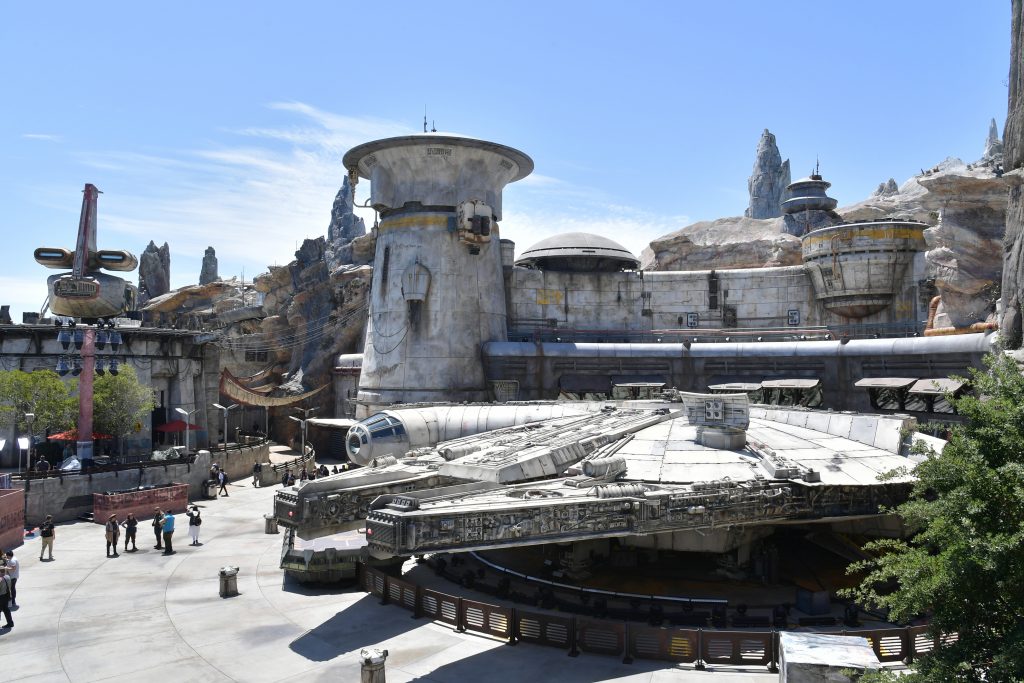
1. Stick to the theme.
If you want to create something that transports people to another world, you have to obsess over everything. “The attention to detail lives in Disneyland,” Mabardi says. “Walking in for the first time, you have to get that same feeling you do the first time the orchestra strikes up in that film.”
Guests walk into the park and onto the surface of the planet Baatu, a former outpost for traders that’s fallen into disrepair. The architecture and landscape are high enough to block out nearly all of the surrounding, potentially mood-spoiling, Disneyland attractions. The main hub of activity is Black Spire Outpost—a black market trading hub full of sketchy creatures with a rundown, past-its-prime feel. A full-sized, 111-foot replica of the Millennium Falcon is docked here, complete with the only fully-functioning ride currently open (Millennium Falcon: Smuggler’s Run).
The Star Wars Aurebesh alphabet is displayed on cast member’s name tags and gift shop entrances (which don’t have English signage), and the doors to buildings whoosh open like on a spaceship. Every inch of the park is on theme (even the bathrooms), with ambient alien noises setting the mood, a custom John Williams score playing in the background, and easter eggs hidden everywhere, that Wired claims could take fans years to uncover.
2. Right down to the Fried Endorian Tip-Yip.
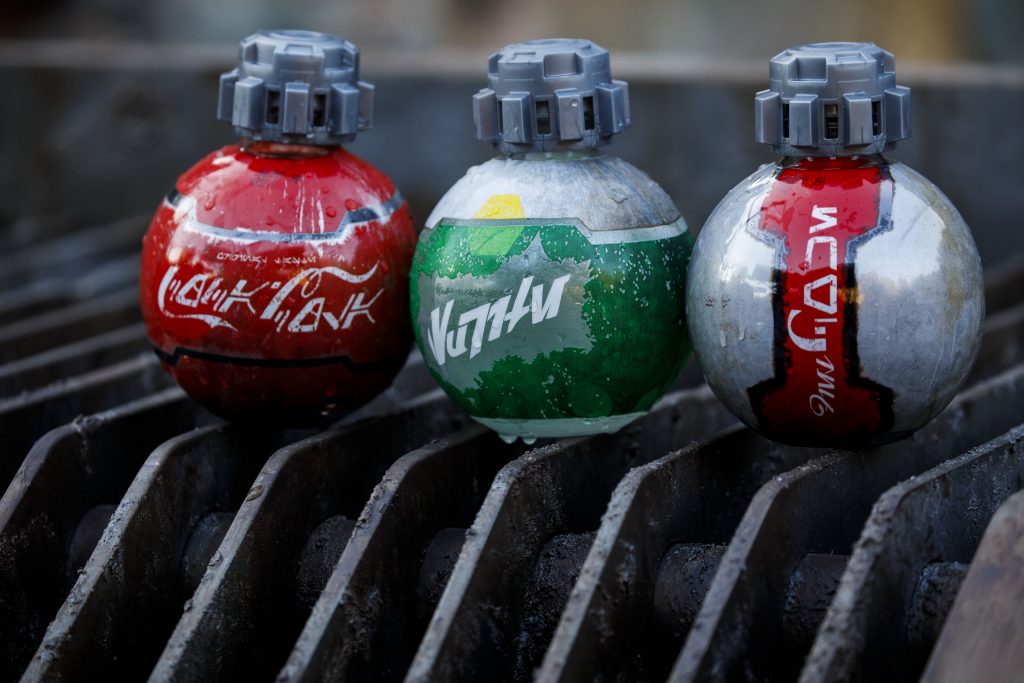
It wouldn’t feel like an authentic Star Wars experience if guests couldn’t eat alien food. The sheer Instagrammability of the blue Bantha milk Luke Skywalker drinks in A New Hope could drum up hype for the next decade, but the creative directors didn’t stop there. Guests can stop at Oga’s Cantina for a variety of boozy galactic drinks—a milestone not just for Star Wars fans, but for Disneyland in general, as it’s the first location inside the park to serve alcohol. After all, a grimy outpost like the Black Spire Output wouldn’t attract a barful of grubby patrons by serving kobucha.
As for non-adult beverages, all of the Coca-Cola products are specially designed for Galaxy’s Edge—coolers of thermal blaster-shaped Sprites and Cokes can be found throughout the park, their labels written in Aurebesh. And the food is an array of intergalactic fare—like the Fried Endorian Tip-Yip (chicken with roasted vegetable mash) or the Ithorian Garden Loaf (plant-based “meatloaf”) or the Yobshrimp noodle salad (chilled shrimp and noodles).
3. Offer swag you can’t find in any other galaxy.
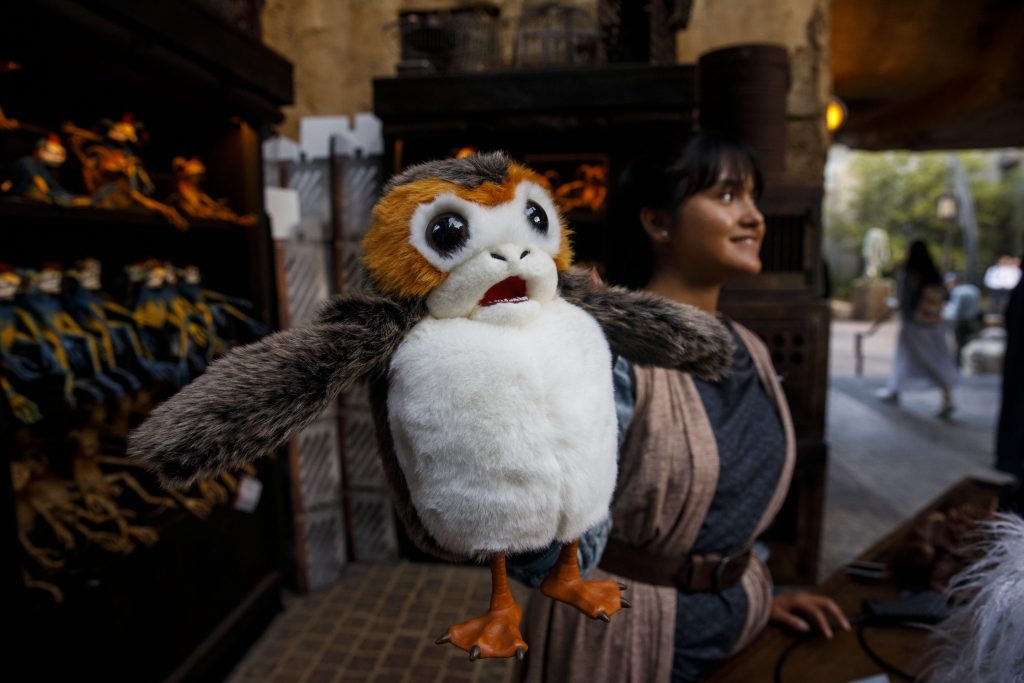
You can go to any amusement park and spend too much on souvenirs, but you won’t get souvenirs like these. Nor will you be able to buy them from a store lorded over by a cantankerous alien named Dok-Ondar. Galaxy’s Edge is full of brand new, exclusive swag die-hard fans used to only dream of owning—items that span the history of the entire universe, from fully customizable droids guests can build at the Droid Depot, to $200 dollar lightsabers, to the same Dejarik Board Game that frustrated Chewbacca in Episode IV.
Fans can buy imperial officer’s ranking badges, a totem from the Syndulla family (seen only in the animated series Star Wars Rebels), or Sabacc, the card game that won Han Solo the Millennium Falcon. Even the bars offer guests a chance to bring home a slice of the universe: the most expensive drink at Oga’s Cantina is a $75 beer flight served on a souvenir hardwood board decorated with Rancor teeth. Whether guests are just hoping to don a Carrie Fischer space buns wig, or (as Bloomberg puts it) “true galaxy obsessives” looking to buy a $2000 silver-plated Chalcedony Waves necklace, Galaxy’s Edge has all the wares they could dream of and then some.
4. Keep the active in interactive.
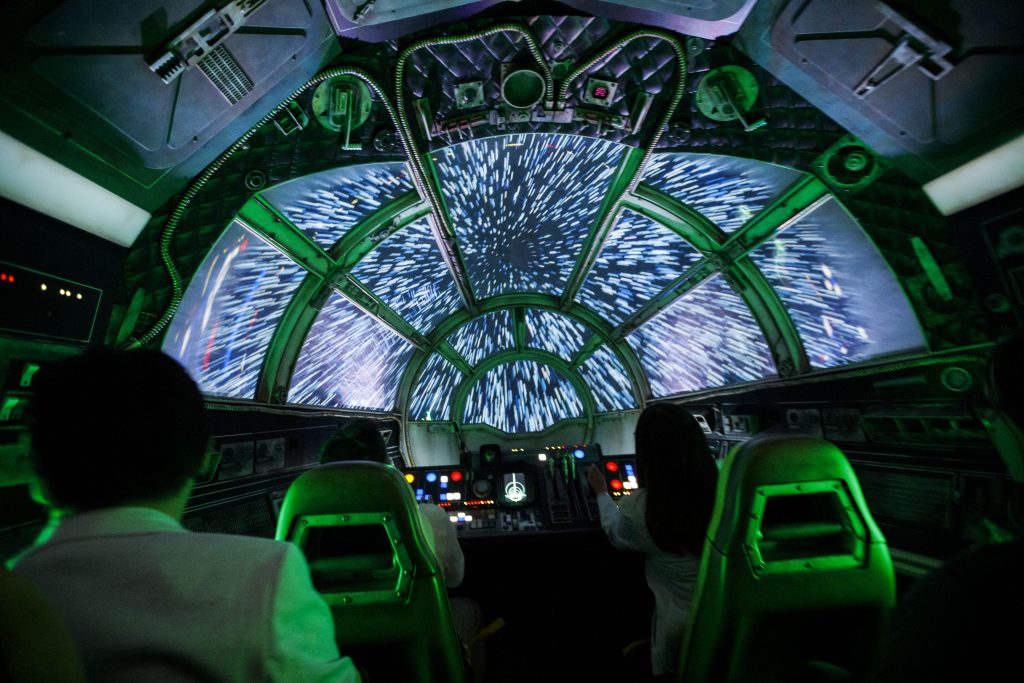
As of June 2019, there’s only one ride open at California’s Galaxy’s Edge—Millennium Falcon: Smuggler’s Run—and it’s nothing like a traditional ride. Polygon’s Chris Plante tried to define it, but words failed him: “I’m tempted to call it the most impressive arcade game on the planet, but that feels like a backhanded compliment.” Smuggler’s Run is considered a “ride film”, a genre which incorporates the movement aspects of traditional rides with a real-time video experience, meaning the six riders who climb aboard the Millennium Falcon sit in the ship’s cockpit and feel as if they’re flying inside of it.
But Disney took it a step beyond traditional ride films (like the park’s classic Star Wars: A Star Tour ride) by making the ride film reactive—riders have to push buttons to jump to light speed, pull triggers to fire the ship’s guns, or move to dodge space debris— all of which result in different final outcomes. It’s more fully immersive arcade game than amusement park ride. And naturally, Disney bothered to sweat the details: if you climb aboard the Falcon at night, you’ll see Baatu under starlight.
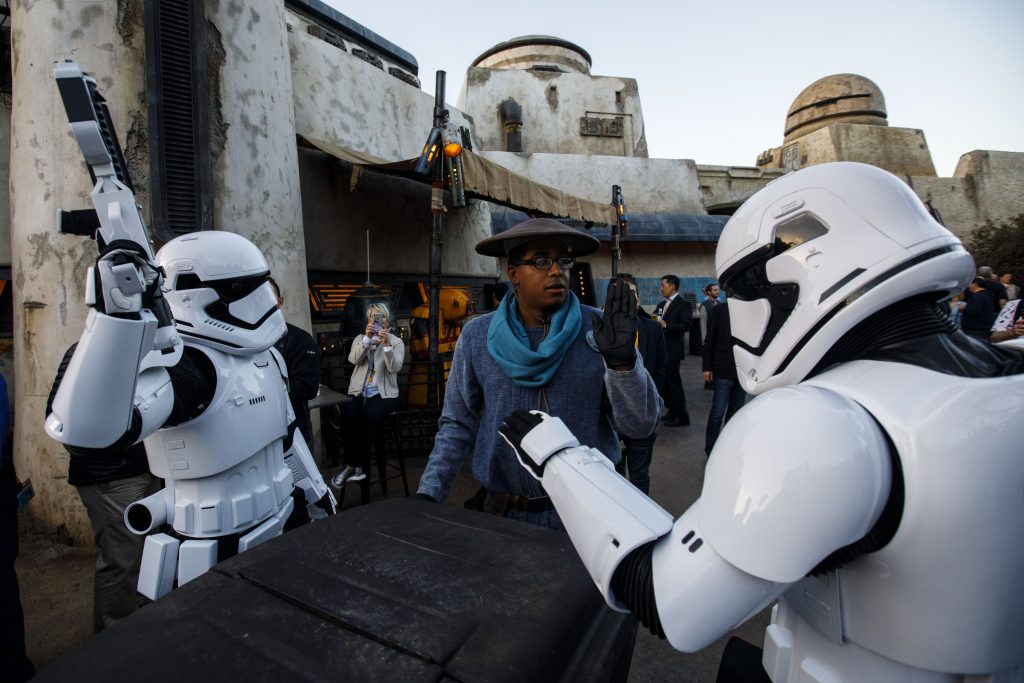
5. Jump in with both feet.
“People who work at Disney love working at Disney,” says Mabardi, who was a cast member on the Disneyland Jungle Cruise ride. The employees at Galaxy’s Edge (known as cast members since they remain in character) are encouraged to build their own backstories and customize their uniforms. The result? An entire population of terrestrial Baatu-dwellers greeting guests with popular native sayings, selling Ronto Wraps freshly grilled off a pod racer engine and calling children “younglings.” Galaxy’s Edge is patrolled regularly by the First Order’s stormtroopers and its leader, Kylo Ren, who accost guests and frighten Baatu’s citizens to such an extent that shops will stop selling to guests whenever they’re near. There are also good guys traversing the park: fan favorites from the current trilogy like Rey and the films’ mainstay, Chewbacca, who will hold hands with kids in costume or lead nighttime droid races. Disney has always been excellent at amassing employees who are passionate about their work, which is why you’ll see so many cast members leaning heavily into their roles. It’s a massive stage production, of which visitors are a part. It’s rumored that Stormtroopers will escort guests out past the four hour visit limit put in place to prevent overcrowding).
“The point of being memorable is to make someone feel something,” Mabardi tells us. From the countless gleeful tweets, praising articles, ecstatic YouTube walkthroughs, and stolen sporks on Ebay, Disney’s Star Wars: Galaxy’s Edge has put on a master class of experiential storytelling that furthers the memorability of the brand and its offshoots. Take notes.
